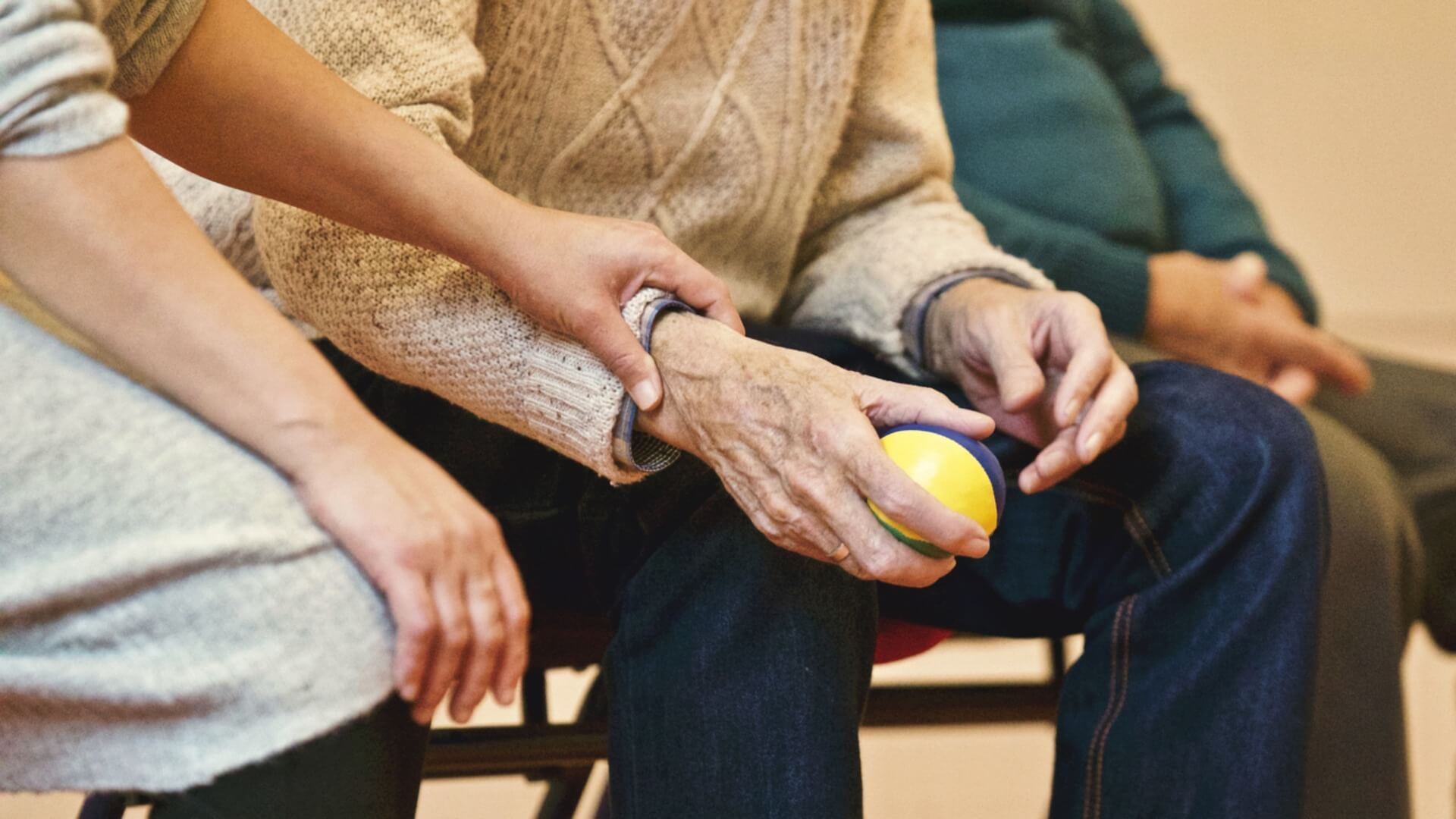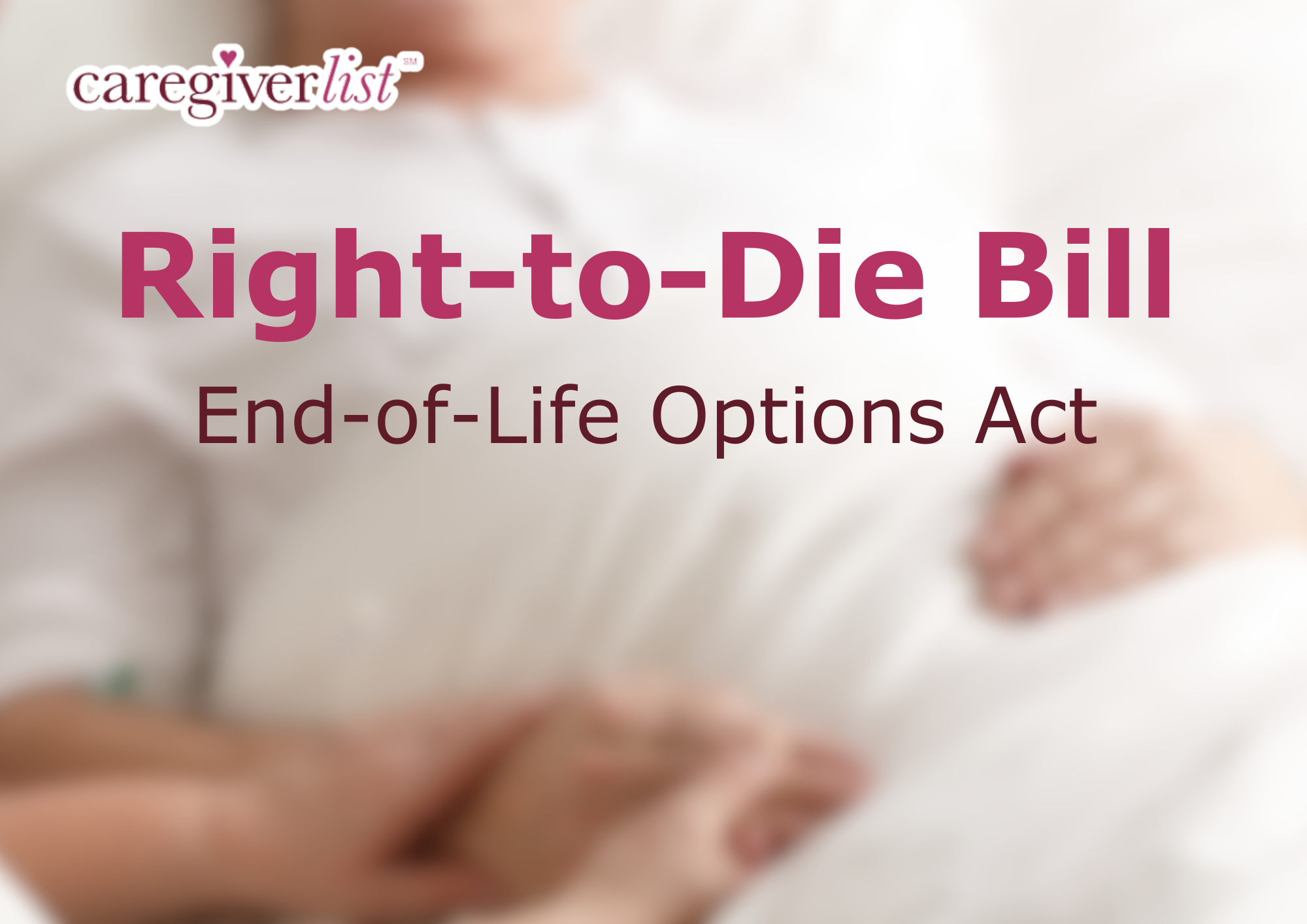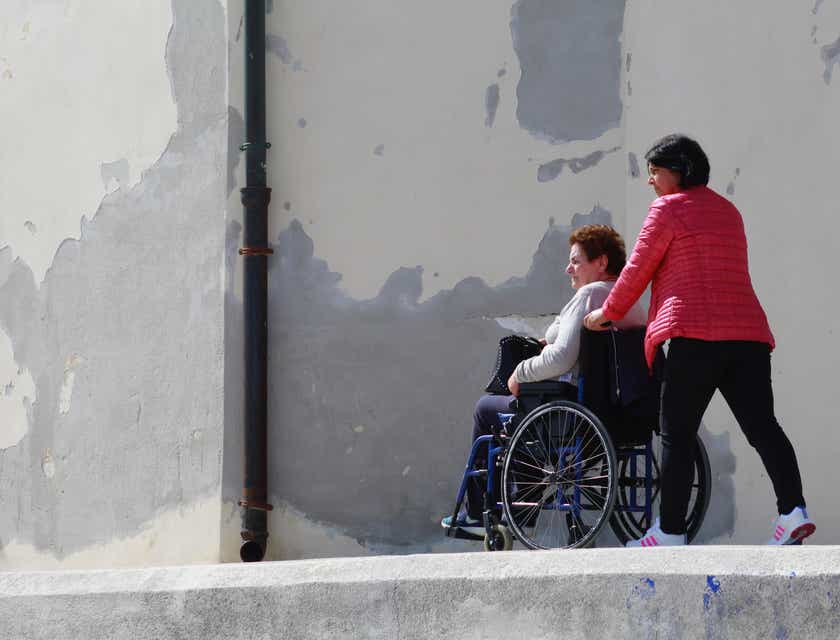Cases of elder abuse and elder neglect can be found everywhere. Abuse can be physical, psychological, and/or emotional. Seniors can be the victims of neglect when caregivers fail to fulfill their duties and obligations to provide even the most basic elder care. Seniors can be the victims of financial exploitation, especially when they entrust their caregiver with their funds and assets. If a caregiver is going to mistreat someone in their care, they’d be hard-pressed to find an easier victim than a vulnerable senior.
Senior care experts agree that there is a correlation between caregiver training and elder abuse. Regrettably, there is no federal mandate for caregiver training. It is up to each state to set its own guidelines for nursing assistant, home health aide, and personal care aide training and supervision. Most senior care agencies have minimum training requirements for their employees, but are not required by law to do so.
California has taken steps to rectify that situation with its Home Care Services Consumer Protection Act. Per Assembly Bill 1217, on and after January 1, 2015, home care agencies would be duty-bound to establish and continuously update a home care aide registry and would require criminal background check clearances for home care aides.
Caregiver training would include a minimum of five hours of entry-level training prior to working with a client. This includes:
(1) Two hours of orientation training outlining the role of a caregiver.
(2) Three hours of safety training, including basic safety precautions, emergency procedures, and infection control.
(3) An additional five hours of annual training. The annual training will include, but not be limited to:
- Clients’ rights and safety.
- How to assist a client’s activities of daily living.
- How to prevent, detect, and report abuse and neglect.
- How to assist a client with personal hygiene.
- How to safely transport a client.
The training may be completed through an online training program, as long as that training can be verified.
While this is a great step and in keeping with the many states that require minimum caregiver training, it doesn’t necessarily cover the 400,000 caregivers in California’s $7.3 billion In-Home Supportive Services Program (IHSS) for low-income elderly and disabled residents. Those caregivers are hired, managed and trained by the care recipients themselves. Training requirements for the nation’s largest publicly-funded home care program have been met with resistance because clients want autonomy over their care and how it’s delivered. As a result, only about 12 percent of those caregivers have even basic caregiver training.
Finding official state reports of elder abuse and neglect is a daunting task. The most recent data I could find is from the 2004 Survey of State Adult Protective Services published in 2007. Titled Abuse of Vulnerable Adults 18 Years of Age and Older, a Report of the National Center on Elder Abuse (NCEA), it was prepared by the National Committee for the Prevention of Elder Abuse and the National Adult Protective Services Association. Unfortunately, many states differ in their definitions of what constitutes abuse. For the survey, because states collect very different types of information on the abuse of vulnerable adults, it’s hard to compare apples-to-apples. Thirty two states could provide abuse reports for vulnerable adults aged 18-59 as well as aged 60+; the balance of states don’t collect data by age group, so there’s no telling how many of their reports detailed elder abuse specifically.
The demand for direct-care workers like Personal Care Aides and Home Health Aides will soon outpace the supply. According to the Bureau of Labor Statistics at the U.S. Department of Labor, the projected growth in home health care services from 2012 to 2022 is 67 percent. As the pool of informal caregivers shrinks (family and friends), the demand will need to be filled by a more professional workforce. And in order to to help minimize instances of elder abuse, we believe that workforce should be adequately trained.
Caregiverlist applauds California for taking training initiatives, but is it enough? Should minimum caregiver training be federally mandated? What are the possible downfalls to requiring any senior caregiver to obtain even the most basic caregiver training?







